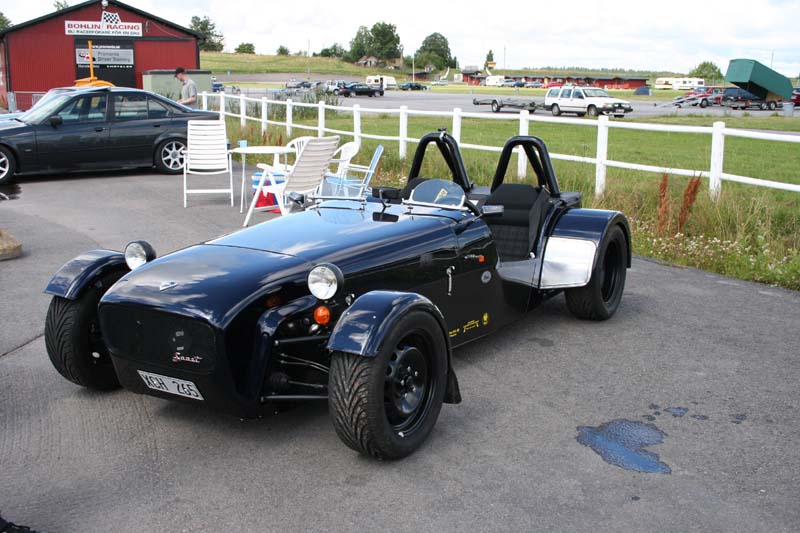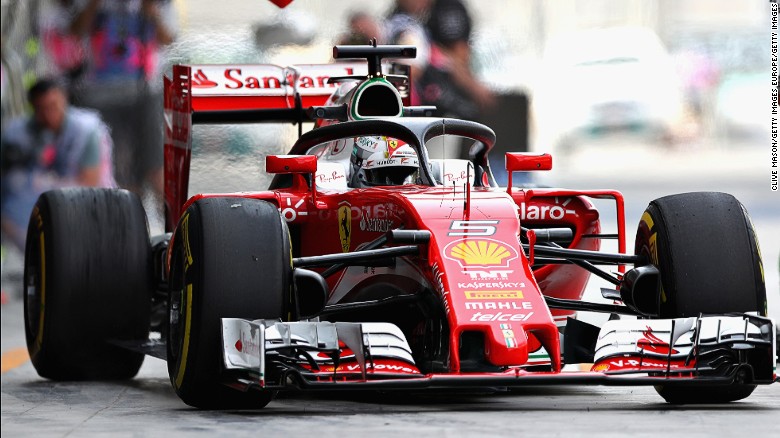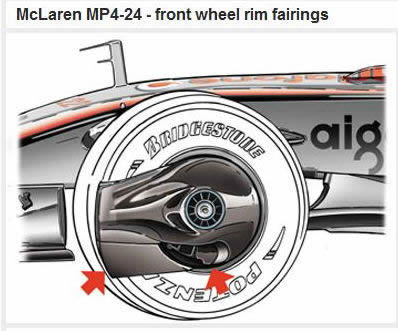The diffuser lifts the wake from the tyres because the overall flow immediately behind the car is inwards and then upwards. Tyre lifts water, the wake pulls water in and up. For the front wing or diffuser to lift water off the ground it would have to overcome the surface tension of the water film. The nose of the plank would do this as it touches the ground but that's about it.flynfrog wrote: ↑19 Sep 2017, 02:47I think its pretty clear in those pictures that the wings can and do have an effect. Look at the plume coming from the diffuser on the car and from the wing tips (well out side of the engine exhaust plume) on the plane. I am pretty sure wings that can provide 5g of df or lift a jumbo off the ground have more than enough effect to lift some water mist.Just_a_fan wrote: ↑18 Sep 2017, 15:42Nice picture; proves nothing. Aircraft have wheels and, in that case, big engines that lift water off the surface. The wings aren't doing it.
F1 tyres each lift 25 litres / 65 litres per second (inter / full wet). That's 100 litres to 260 litres per second per car. That's a bath tub full of water each second. That's where the spray comes from.
As previously stated, the full wet lifts 260 l/s. At 85m/s (about 300km/h), that equates to just over 3 litres of water per metre travelled. Or 15 litres per car length. That's a lot of water and that's why the spray is like a fog behind the cars.
Go and watch road cars driving in the rain. No downforce produced but lots of spray. That's at 1/3 of the speed with tyres that are much narrower and are enclosed in wheel arches.
The aircraft is taking off - the wings will often create a condensation wake in those high humidity conditions.








